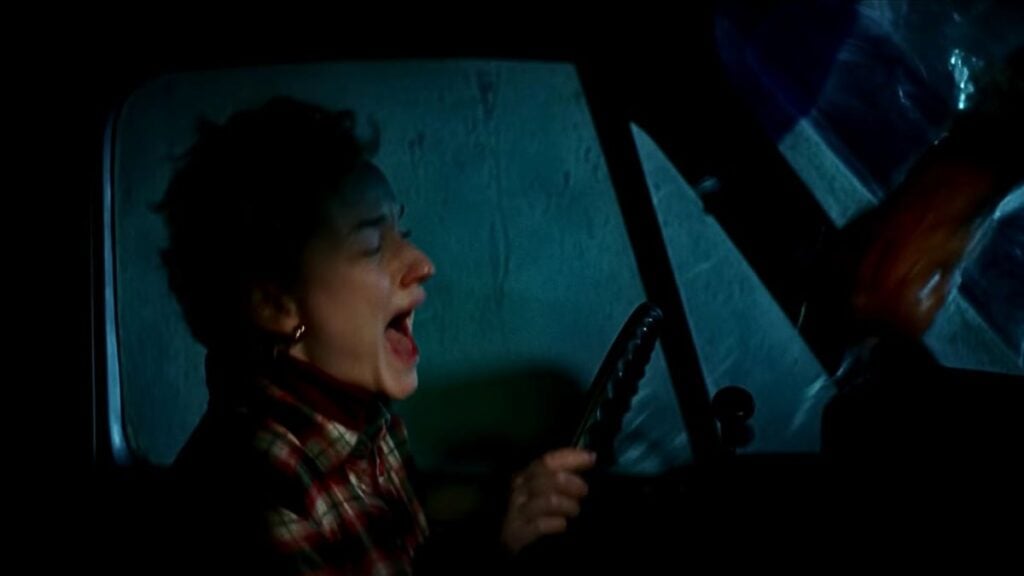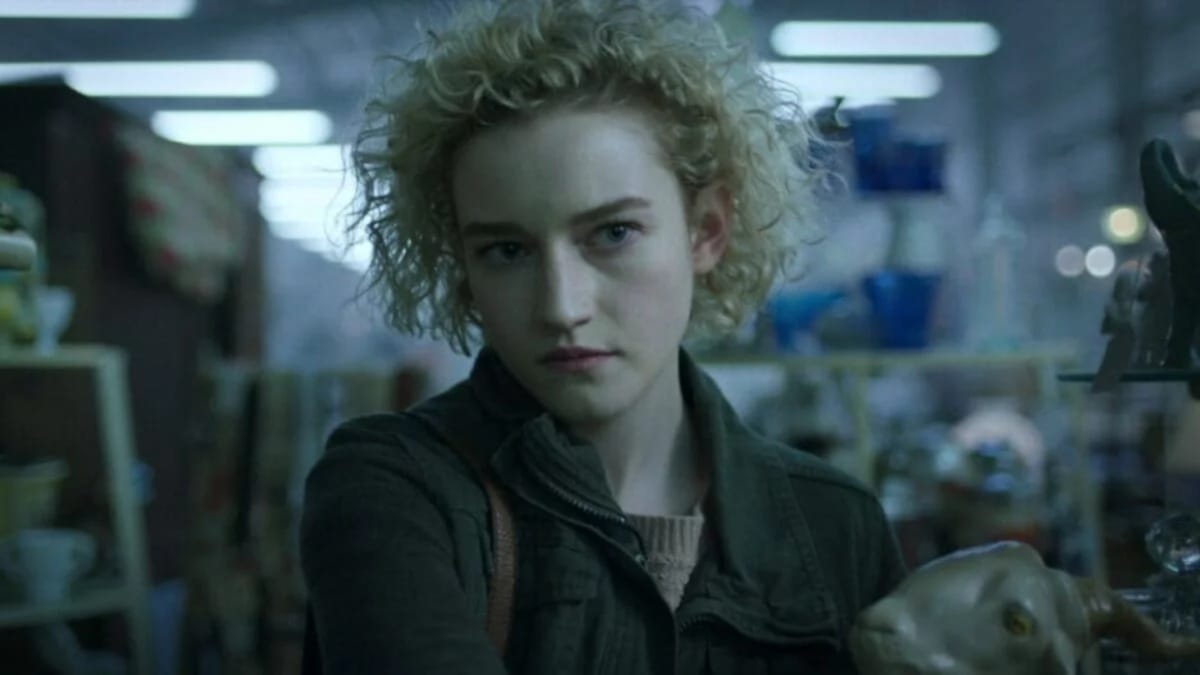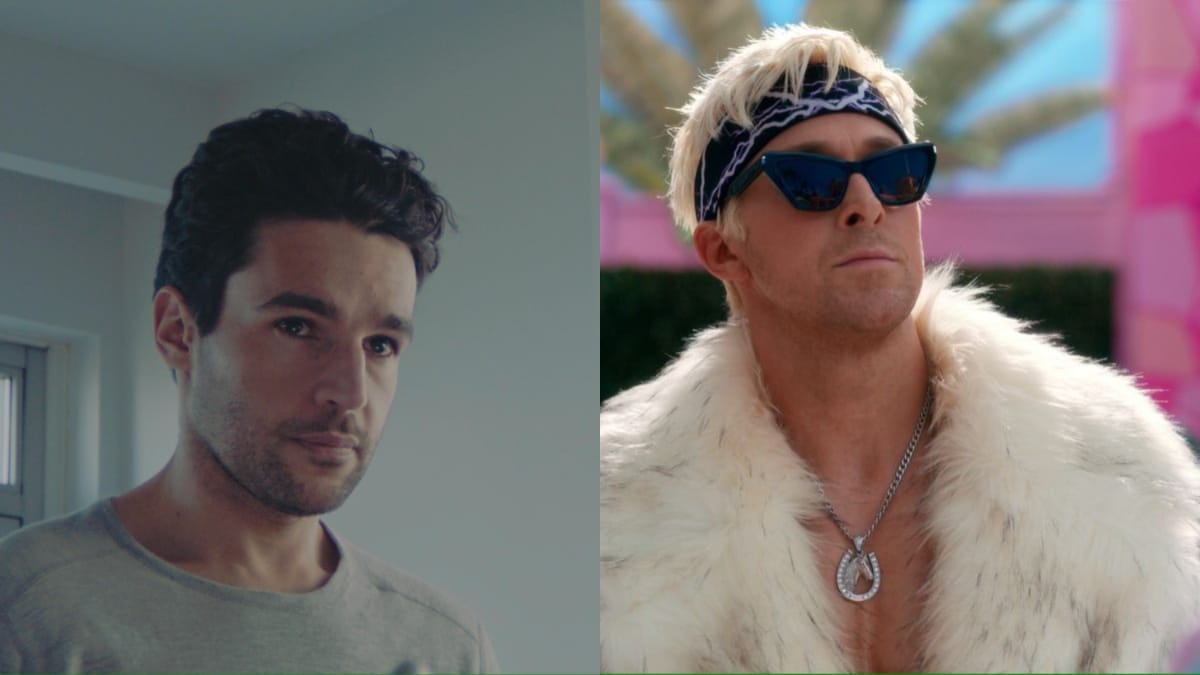Skip To...
Wolf Man is a simple concept with an unpleasantly messy execution. It’s the latest attempt to revamp a Universal Monster movie in a new style. This time they found a compelling psychological angle (or three), but they’re not as deft as they were in The Invisible Man. It’s sharp in some ways, dull in others, and utterly without impact in the third act. There have been better entries in the allegorical Animorph subgenre.
Director/co-writer Leigh Whannell is a modern horror legend of sorts. He exploded onto the scene as the writer and star of Saw. He followed his Saw co-creator, James Wan, into the Insidious franchise, where he made his directorial debut. Whannell later helmed Upgrade and the aforementioned Invisible Man. This isn’t his worst or his best, but it’s very recognizable as his work.
Ain’t No Love in Oklahoma
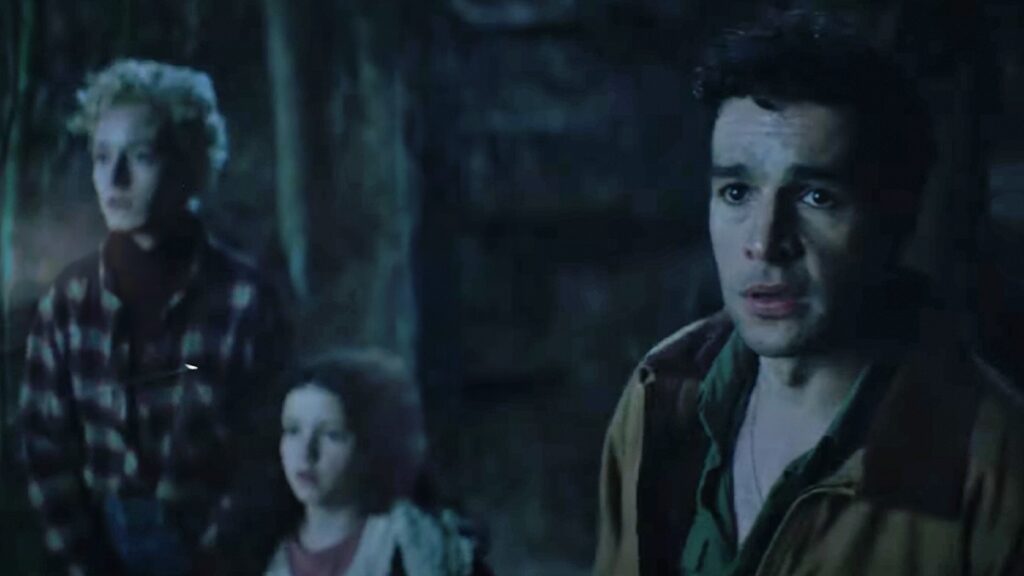
Wolf Man follows Blake, a humble family man who managed to learn from his troubled father. The first scene shows us Blake’s dad’s borderline abusive paranoia as he dragged young Blake through the prepper lifestyle in an Oklahoma forest. Blake, now an unemployed writer in San Francisco, struggles to keep his overprotective nature in check with his daughter, Ginger. His workaholic wife, Charlotte, has a much harder time relating to Ginger, leading Blake to suggest a getaway. Blake’s old man went missing some time ago, but the authorities finally declared him dead, granting Blake his Oklahoma home. While traveling to clean out the old domicile, Blake suffers a wound from a strange creature. Suddenly, the local legend of a man with a wolf’s face rings horrifyingly true as Blake starts to change. Charlotte and Ginger must evade the wolf at their door and the burgeoning one within.
Wolf Man is dense with thematic elements that don’t all pay off well. Blake’s relationship with his father is the most obvious example. There’s a grim lesson about the cyclical nature of parental abuse or perhaps toxic masculinity. The script telegraphs that narrative detail explicitly, but it fades into the background after a while. Blake’s relationship with Charlotte is also rich and engaging for the first two acts. Uniquely, Blake’s transformation comes with comprehensive aphasia, rendering him unable to speak or understand English. The couple elevates their traditional marital misunderstandings into a realm of complete intelligibility. Suddenly, they’re literally not speaking the same language anymore. Then there’s the divided father/mother-daughter bond, which sees Ginger shift her trust throughout the plot. All of these elements stand out, but they all devolve into unhinged screaming by the third act.
Exactly How Wolf Is This Man?
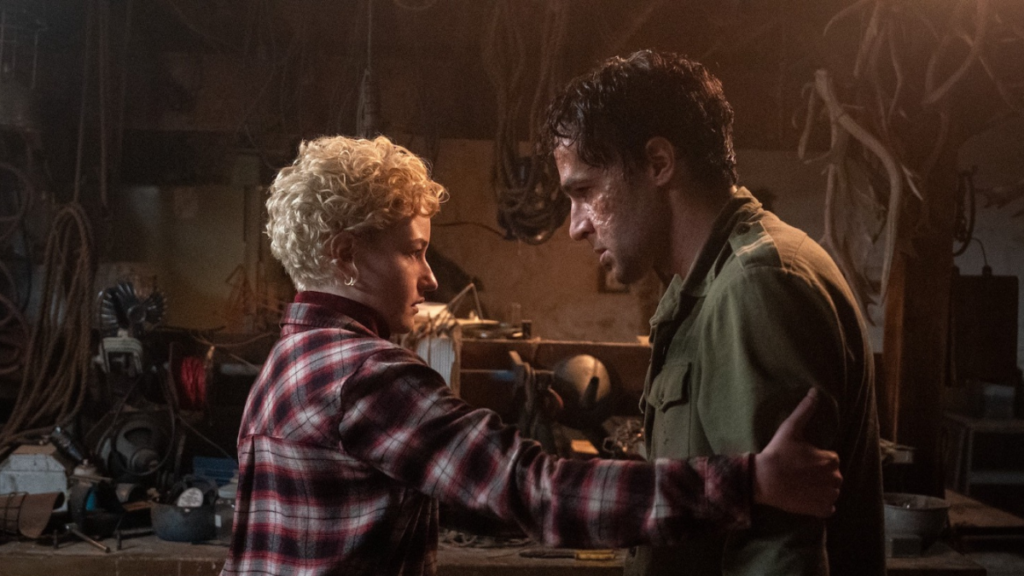
The internet had a bit of an outcry over the perceived design for this film’s titular monster. Many saw a Six Flags stunt and assumed they now knew what the finished product might resemble on screen. They were incorrect, and the actual practical werewolf is quite a sight. Designer Arjen Tuiten aimed for a more classical design with the 1941 film in mind. The film’s modernization comes in the fine details, which seek to depict Blake’s condition as a horrific plague. Both Blake and the monster who infected him seem to be victims of some incomparable virus. This lends itself to yet another theme, though one that stays slightly more consistent. A lot of this Wolf Man movie is about the process of dealing with a terminal disease, both for its victim and their loved ones.
The Wolf Man, or werewolves in general, have stood for a lot of things over the decades. Old examples often depicted a lycanthrope as a haunting reminder of the inhumanity beneath human skin. We saw the fur and teeth tear through and wondered whether we had that potential within us too. Tons of more recent examples drew connections to puberty for comedy and drama purposes. The 2010 Wolfman remake mostly borrowed the themes and plotline from the 1941 classic. Its main innovation was elevating the protagonist’s relationship with his father into a shoddy CGI battle between lycanthropes. Wolf Man (2025) snags a handful of new and old themes, but it can’t sustain their relevance. Unfortunately, not unlike the 2010 remake, the film kind of falls apart once the monster bares his fangs. Consistency is rarely the strong suit of monster movies, but the best examples keep their themes prominent.
Remember the Dark Universe?
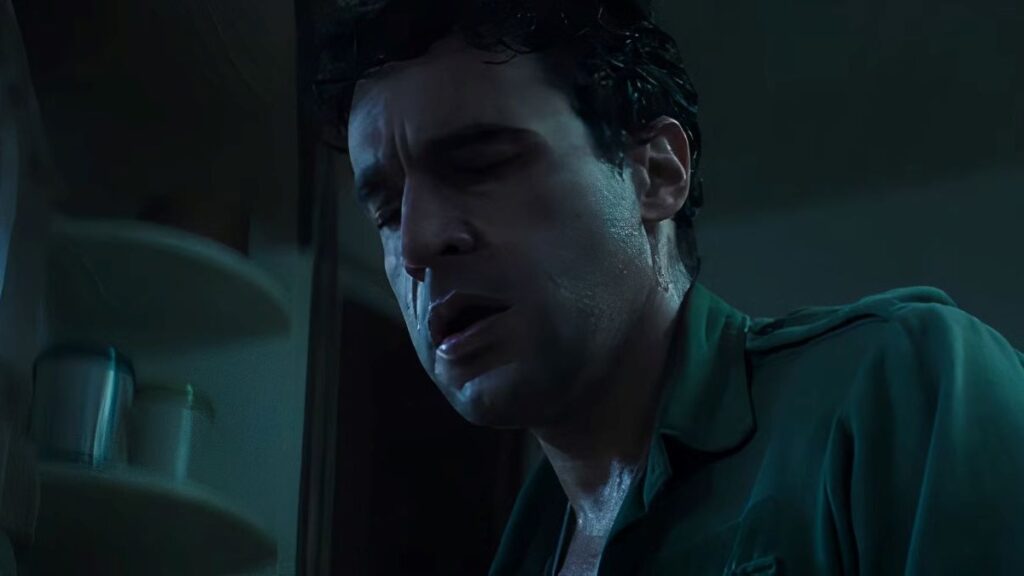
I find the long story behind Wolf Man slightly more compelling than the finished product. The project technically started back in 2014 as part of Universal’s Dark Universe cinematic universe. That version of this movie probably would’ve felt like a superhero blockbuster, like its stablemate, The Mummy. Of course, that disaster tanked the entire franchise, granting Leigh Whannell a little freedom for his attempt. The result became The Invisible Man, a stunningly sharp, groundbreaking horror film. If that was all we got out of the new experiment, it would be an absolute win. The Wolf Man we got isn’t perfect, but it’s so much more interesting than whatever the Dark Universe would’ve cranked out. Let that be a lesson; sometimes the right movie flopping can be healthy for the art form.
Wolf Man is a psychological/body horror family drama that owes a great debt to David Cronenberg’s The Fly. That’s a pretty big weight to put around a movie’s neck, and it’s not shocking to see it struggle to stand. At the end of the day, Wolf Man has its upsides. The practical effects are stunning, the action mostly works, and the acting is enjoyable. Unfortunately, it’s a film about werewolves that doesn’t have the teeth it needs. I hope this new Dark Universe experiment continues, because even the flaws make a monster stand out.
Wolf Man
Wolf Man has some compelling elements, but its plodding thematic elements and ill-fated third act keep it from greatness.
Pros
- Excellent practical effects
- Solid performances
- Decent action
Cons
- A rough third act
- Poor payoff for most of its themes
- Truly awful lighting that leaves several scenes too dark to see

